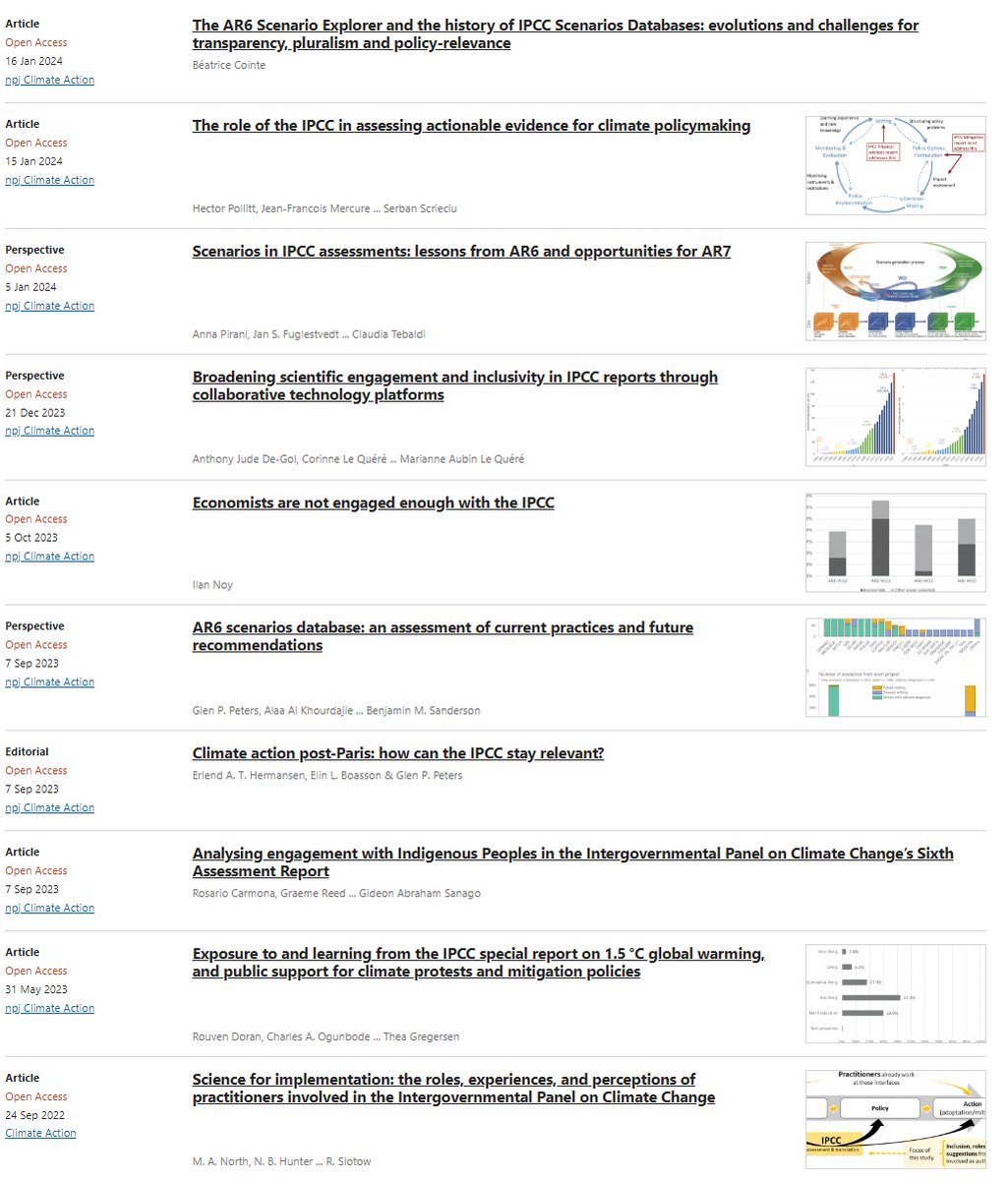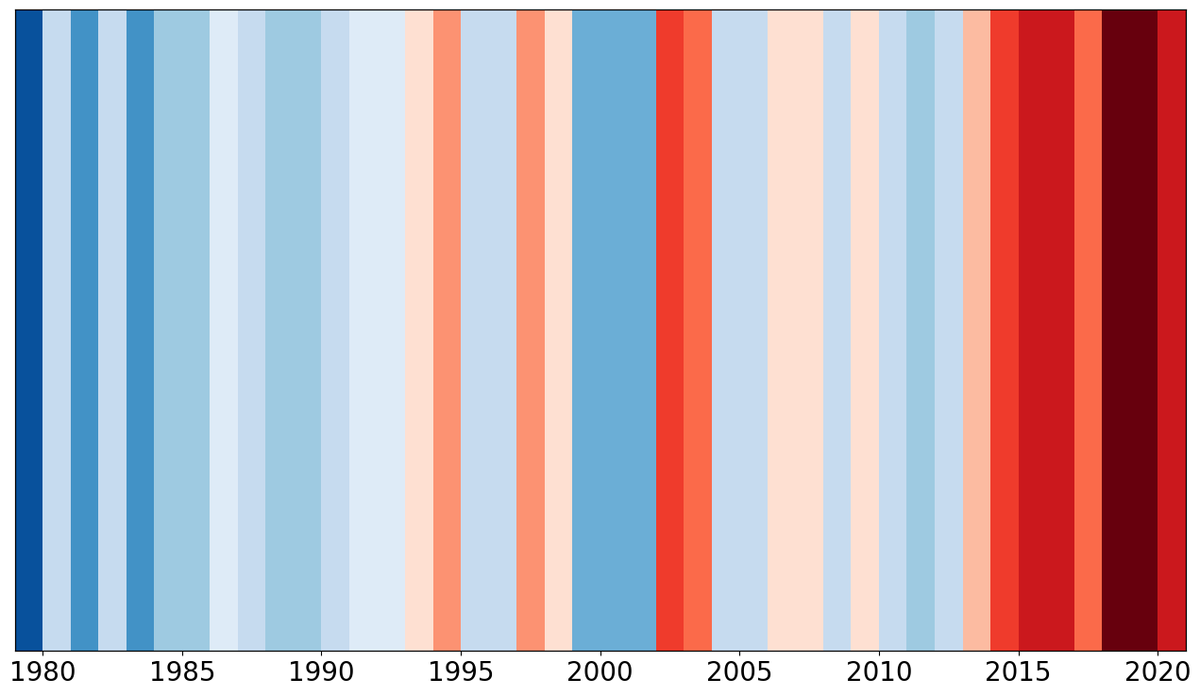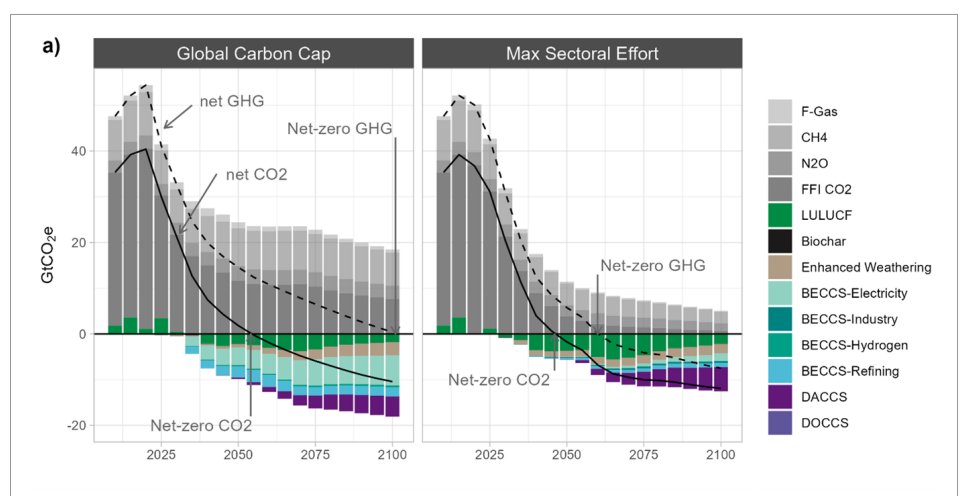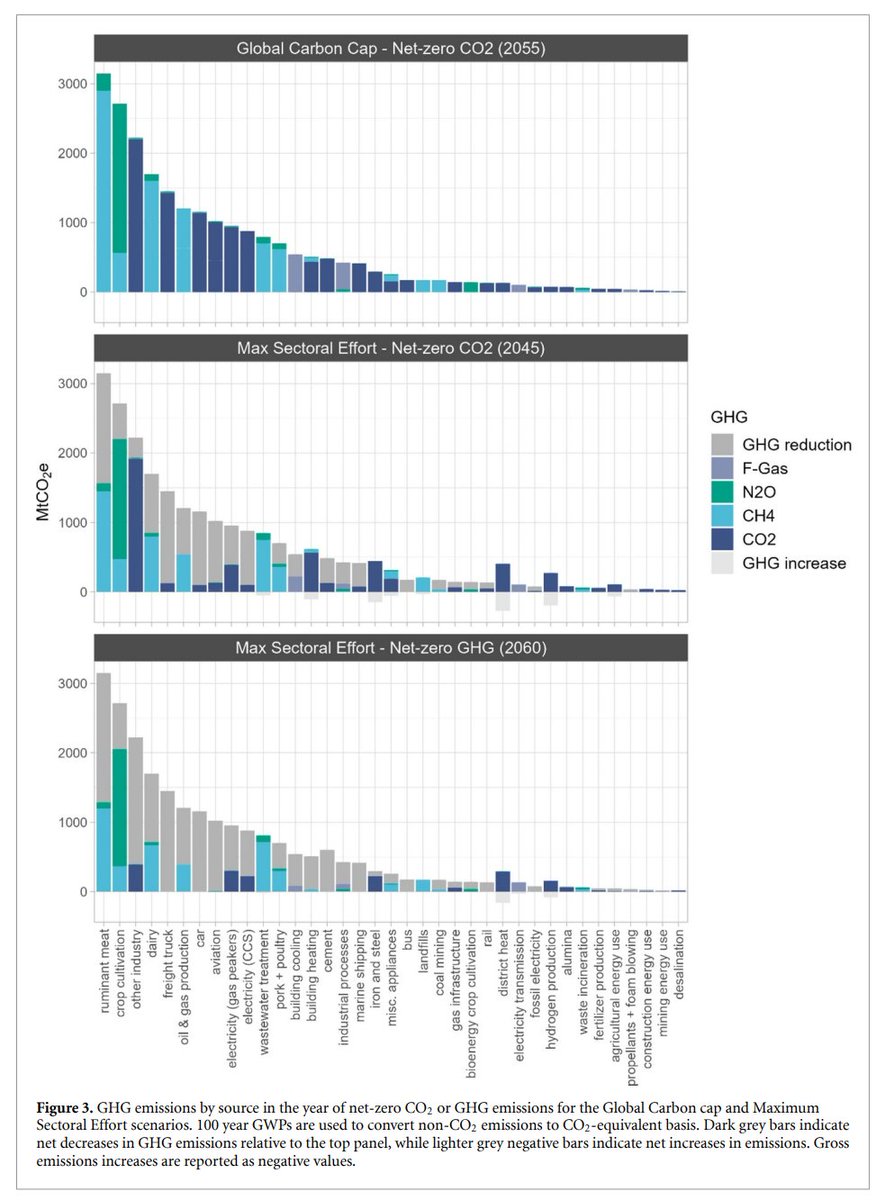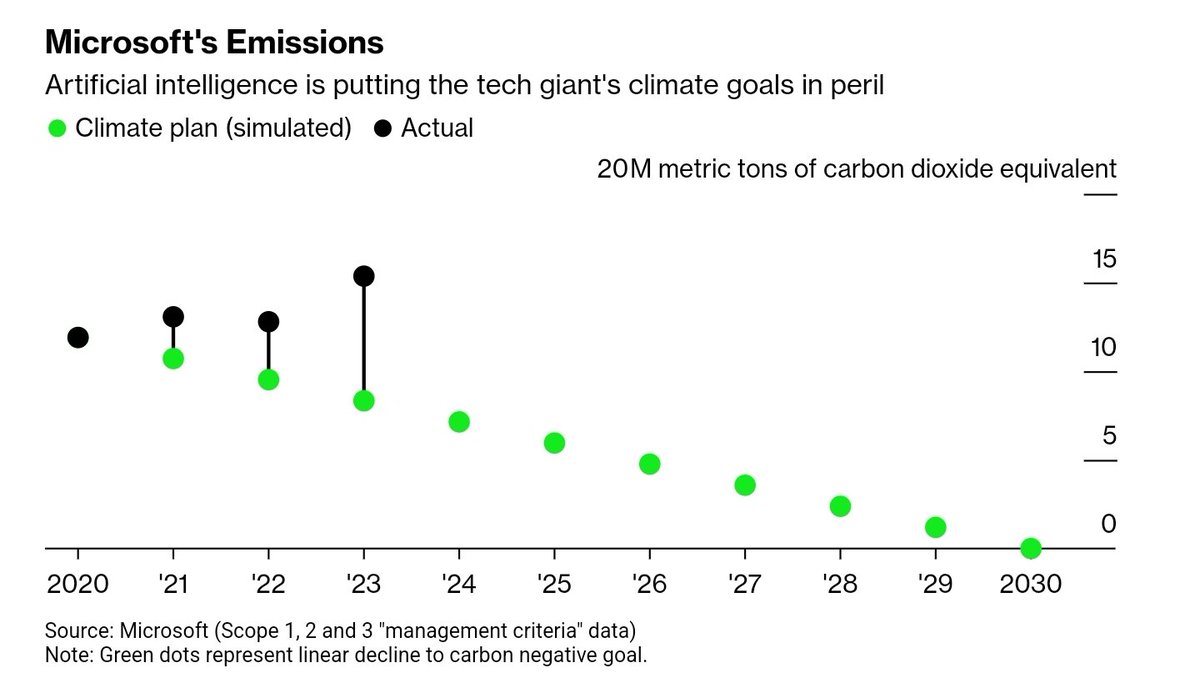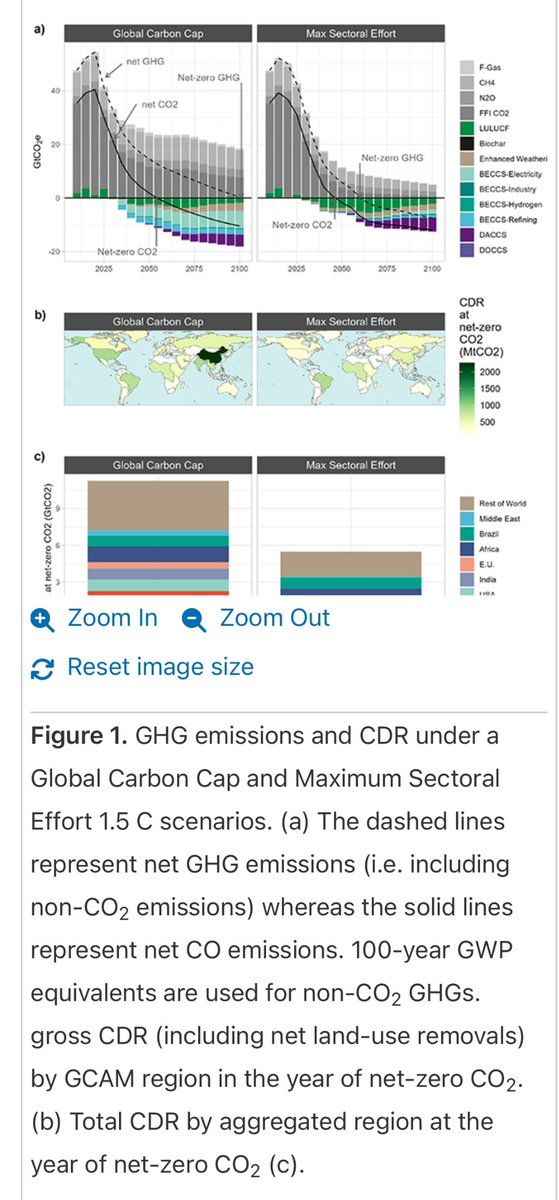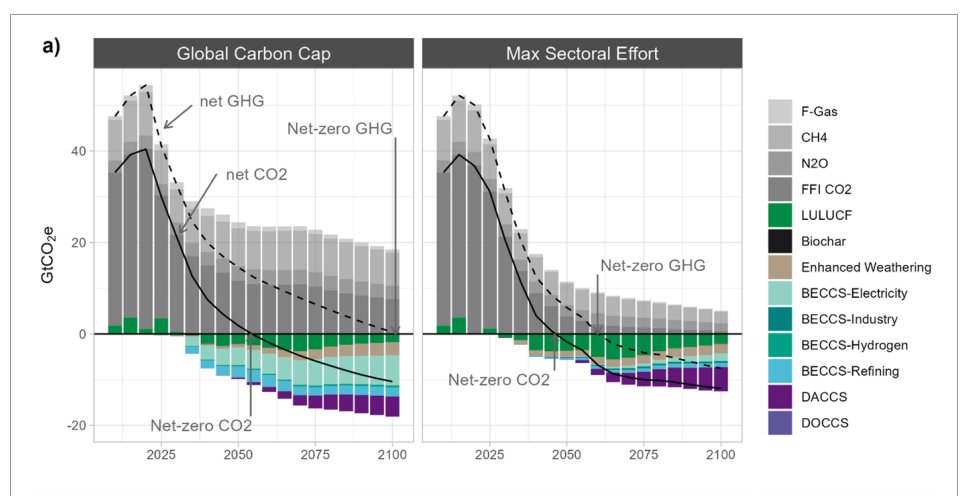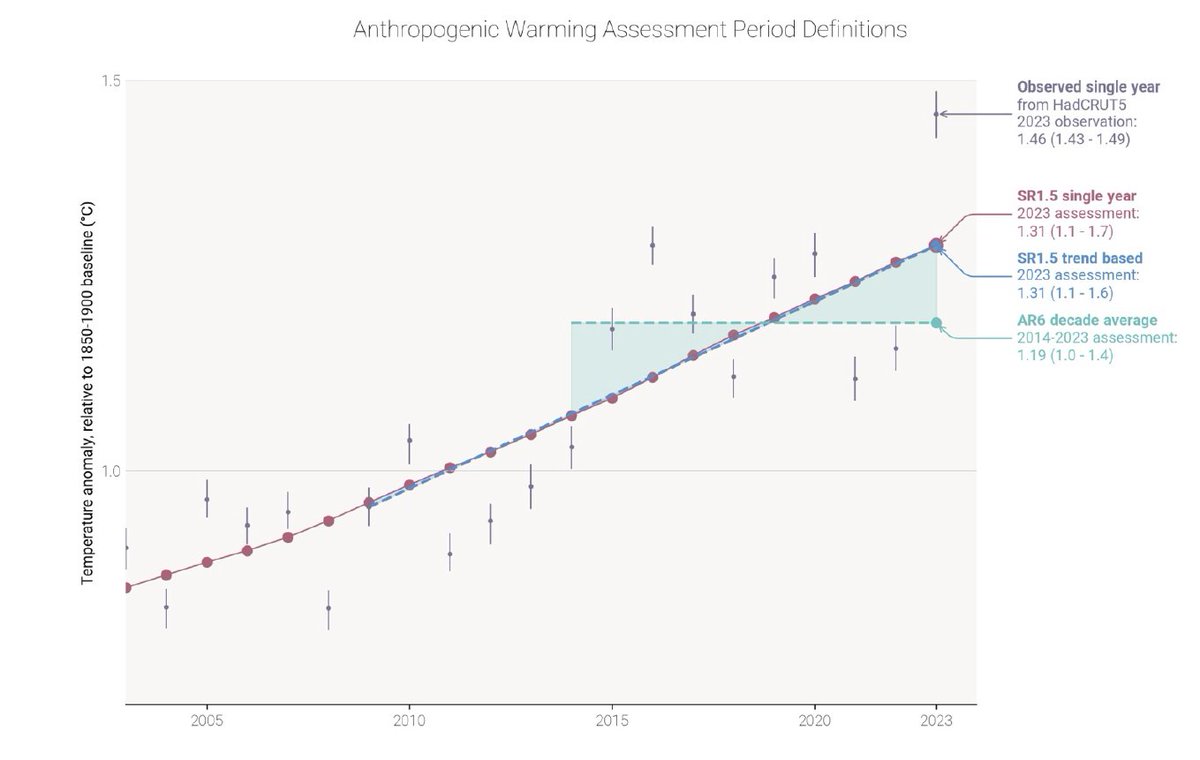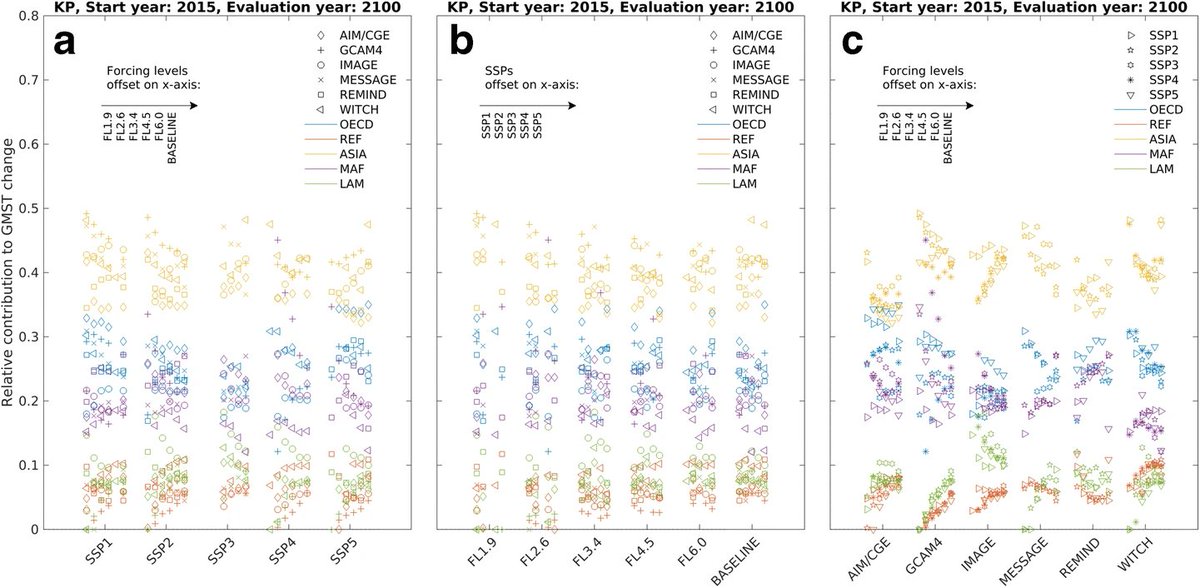
Glen Peters
@Peters_Glen
Energy, emissions, & climate @CICERO_klima
Projects @V_ERIFY_H2020, @4C_H2020, @ParisReinforce, @CoCO2_project, @iam_compact, @climatediamond, @EuPathfinder
ID:917421961
https://cicero.oslo.no/en/employees/glen-peters 31-10-2012 18:29:21
34,6K Tweets
51,1K Followers
610 Following
Follow People








A very cool booklet of infographics & information on climate change, faktaoklimatu.cz
factsonclimate.org/atlas
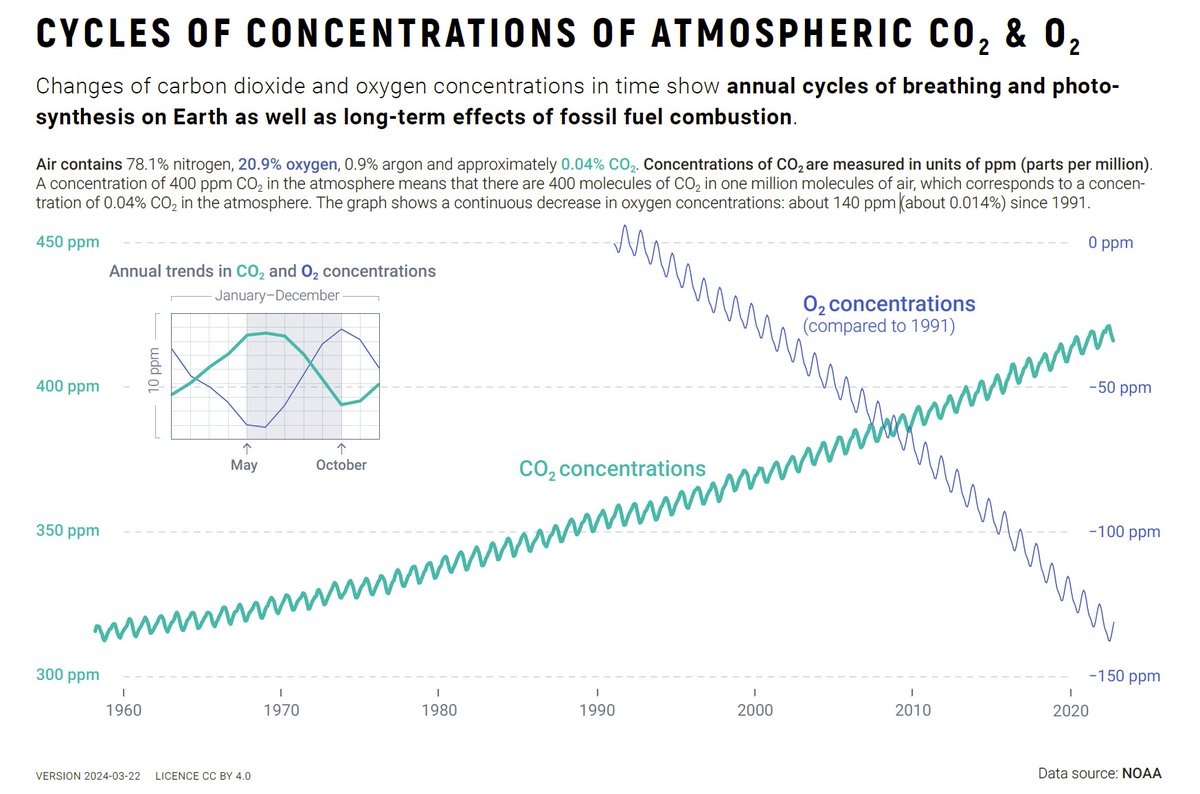


I had to weigh in on the kerfuffle over the Damian Carrington Guardian article—and I did it in this week's End Climate Silence newsletter, where I lay out three kinds of 'doomism' & how to deal with them in your #climate communications.
Cameos by
Prof Michael E. Mann
Glen Peters
Zeke Hausfather
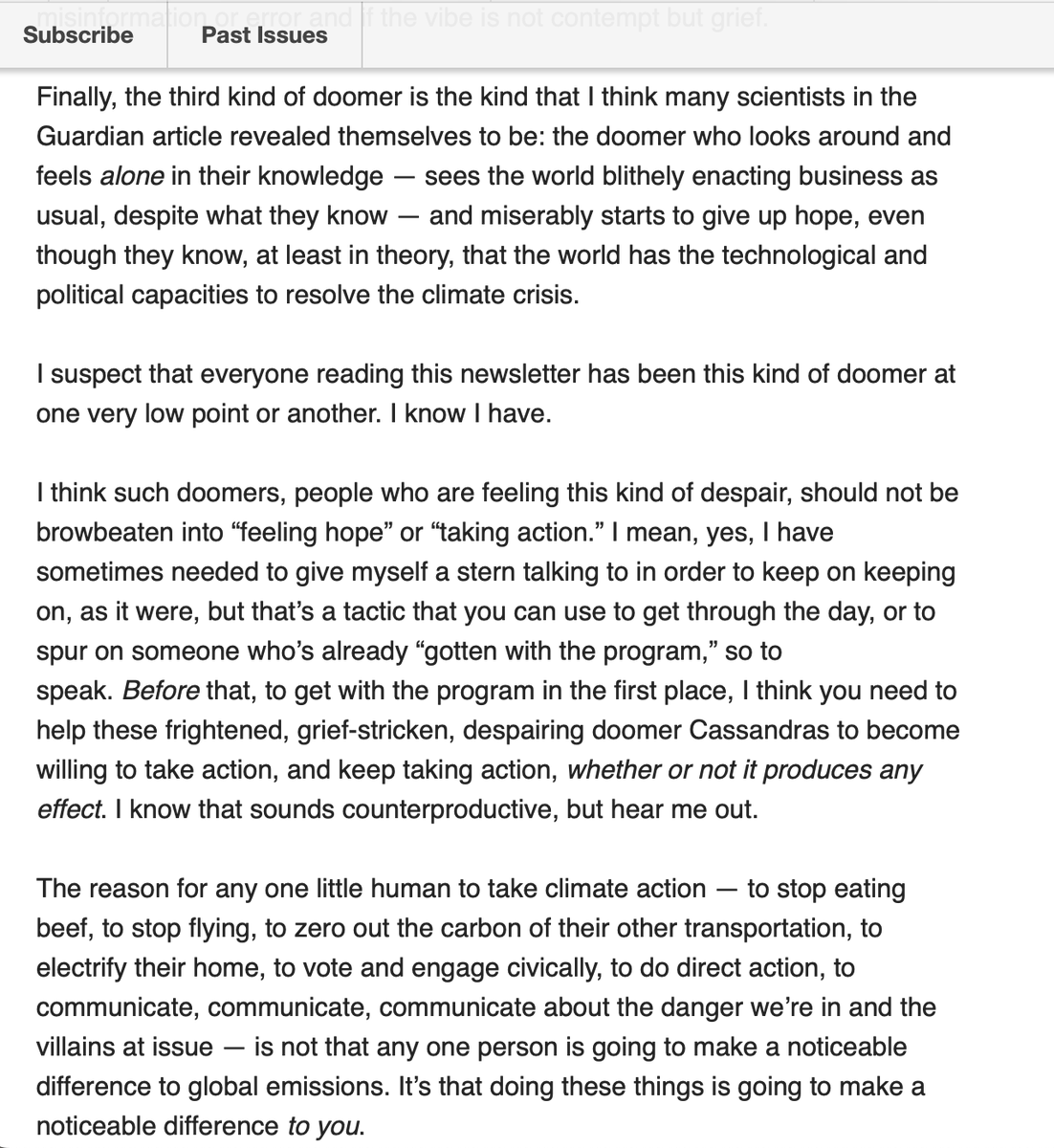


For the IPCC junkies out there...
We have 10 articles on improving the IPCC in our npj Climate Action Special Collection.
Get reading: nature.com/collections/gf…
